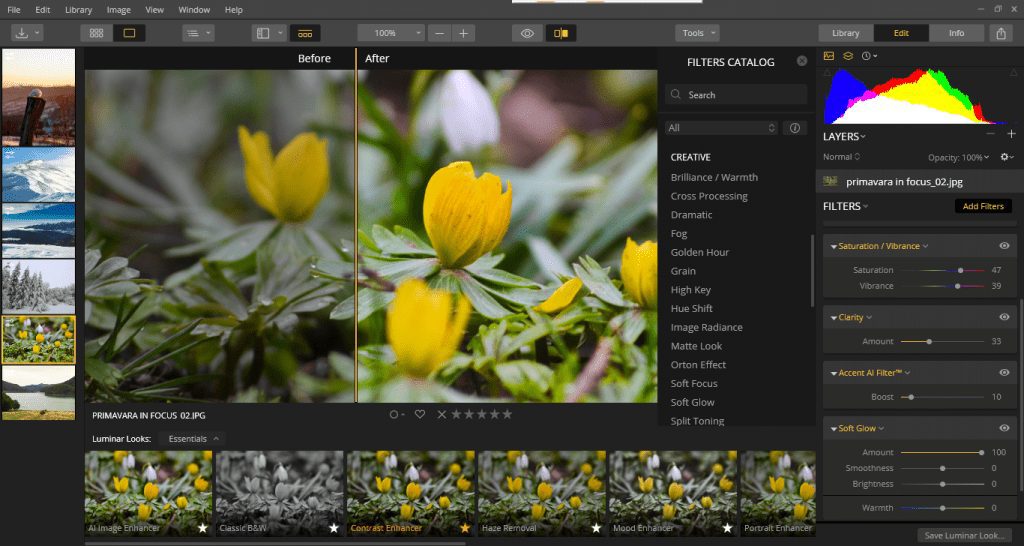Digital photography allows and encourages image manipulation. There’re countless photo editors able to perform dramatic image transformations, replace backgrounds, fix exposure, and remove objects from the frame. Moreover, apps like Facebook and Instagram provide filters and editing tools that are easy to use and efficient. We live in the #nofilter era, in which you have to announce that you share the original image, without post-processing, and not the other way around.
Still, too many adjustments can do more harm than good to a photo. Yes, you can fix a lot of issues in post-processing but you should be aware of the drawbacks of excessive photo editing.
You won’t learn to take better photos
If you fix all your images in post-processing, you won’t be motivated to learn to take good photos in camera. Why bother framing and exposing correctly when you can fix them with a photo editor? Why bother learning to work with natural and artificial sources of light when you can add sun rays with a phone app? Instead of waiting for autumn foliage when you can use filters and effects and transform colors in seconds? Photo editors should be just the ultimate help and not the only way you can produce good images.
Heavy processed images look unnatural
Photography was born to be a reflection of reality. Today, it has many forms from news documentaries to fine-art and collages. But its most intimate strength is its genuineness, it’s capacity to reflect the truth. Nevertheless, this is exactly where image editing intervenes too much.
Enhancing sunset colors should only fix the lens’ incapacity to capture the real colors. Unfortunately, too many photographers consider themselves entitled to change the colors of flowers, grass, sky, and other natural elements. They also remove wrinkles, smooth skin, and change the color of people’s eyes. The results are artificial images, commercial and lifeless. That’s no heart beating behind them. You can feel only the internal clock of a computer.
You’ll create similar images
While photo editors’ market is rich and diverse, their functionalities are pretty similar. And when you get used to a specific style it’s very easy to end up in a loop. You’ll start noticing that you use the same filters and effects, fix the same errors, and edit your images in similar ways. Moreover, photo editors provide batch processing and allow you to apply the same adjustments to multiple images at the same time. Many of them use artificial intelligence to classify images and objects and apply custom adjustments. It’s easy to be impressed by the technology and forget to be creative.
Photo editors are amazing tools that help you remove noise, fix exposure, enhance contrast and colors, sharpen details, and straighten perspective. They’re smart and efficient and able to save important pictures. But they should be your last resort and not something you can work without. Review your photos in the camera when you can still retake a shot and correct an error. Learn how to use your camera, its best features, and drawbacks. More than anything, find your inspiration and your true voice as a photographer. When possible stay away from excessive photo editing.
For more on getting the shot in camera check out this article on leading lines. If you are interested in a good online editing course one of these from Nick Page a try will get you creativity flowing, you won’t be disappointed.

